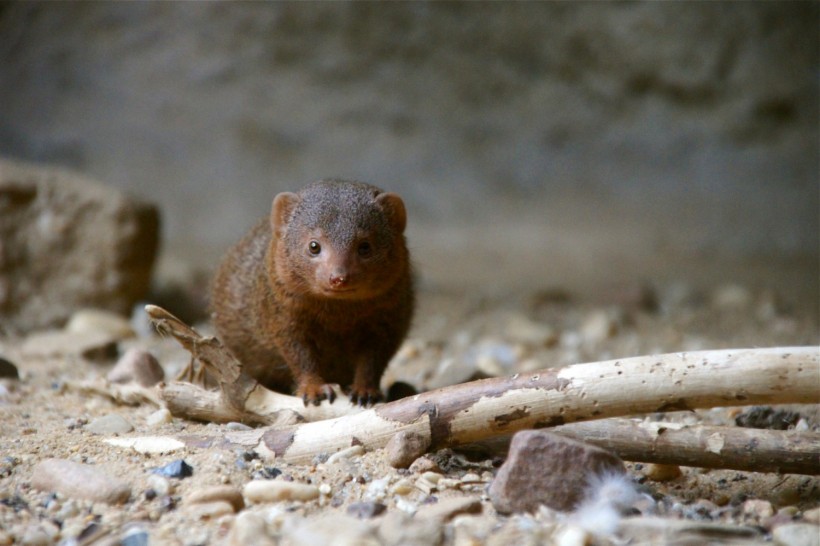Dwarf mongooses are small carnivorous terrestrial mammals that are well-known for their ability to hunt venomous snakes in the wild since they have evolved to resist snake venom.
However, they are also subjects of recent research that would challenge the long-prevailing notion in the Animal Kingdom; that increased conflict and threat between animal species and groups lead to decreased reproductive success and survival.
A new study led by scientists in the United Kingdom and Australia showed this notion is not always the case after finding that dwarf mongoose pup survival rate is increased during fighting between groups, increasing their reproductive success.
Specifically, adult dwarf mongooses increase their sentinel or raised guarding behavior on their pups during these intergroup threats.
While this new data contradicts the survival rate in interhuman conflict and war, this shows that this is not the case for mongooses.
Mongoose Pup Survival

In the new study published in the journal Proceedings of the Royal Society B: Biological Sciences on Wednesday, November 15, an international research team explored the concept of outgroup conflict, which they described as a "powerful selective force across all social taxa."
Now, while such social conflict affects involved populations, it can also positively impact reproductive success, particularly mongoose pup survival as in the case of a local population of dwarf mongooses in South Africa.
The research team led by the University of Bristol explains that the increased mongoose offspring survival rate that they found during outgroup conflict is not absolute.
After all, fights between competing groups (over resources and territories) lead to serious injury or death.
In this context, experts consider that intergroup battles have a negative impact on reproductive success. Yet, the repercussions are somehow different among dwarf mongoose groups involved in the Royal Society study.
Also Read: Nearly 100,000 Mongooses Are Killed To Create Painbrushes From Their Hair
Life-History Data
To arrive at their conclusion, the team used long-term life history and behavioral data from the wild population of dwarf mongooses to assess how outgroup conflict or intergroup threat influences breeding and offspring survival.
Based on the data, dwarf mongoose groups or coalitions defend their territory from outsiders, leading to frequent contests with rival groups during confrontations.
In this context, the study finds that it is during these conflicts that also lead to heightened protection of adult mongooses to their offspring, even if they are busy protecting themselves with other mongoose coalitions.
According to Dr. Amy Morris-Drake, the study's lead author from the University of Bristol, groups that are involved more in intergroup interactions did not produce more offspring. Instead, a higher mongoose pup survival rate is associated when the group being threatened by outsiders.
The common dwarf mongoose (Helogale parvula) lives in groups of 12 to 15 individuals even if they are generally nomads.
Each group covers a range of approximately 75 acres that overlap with other mongoose groups, which create mounds not only for den sites and lookout posts but also for sources of food, according to the African Wildlife Foundation.
Related Article: Mongoose Moms in Groups May Compete By Producing Larger Offspring
© 2024 NatureWorldNews.com All rights reserved. Do not reproduce without permission.




![Roundworms with Short Memories 'Stop Forgetting' When Frozen or Given Lithium [Study]](https://1471793142.rsc.cdn77.org/data/thumbs/full/70295/280/157/50/40/roundworms-with-short-memories-stop-forgetting-when-frozen-or-given-lithium-study.jpg)
